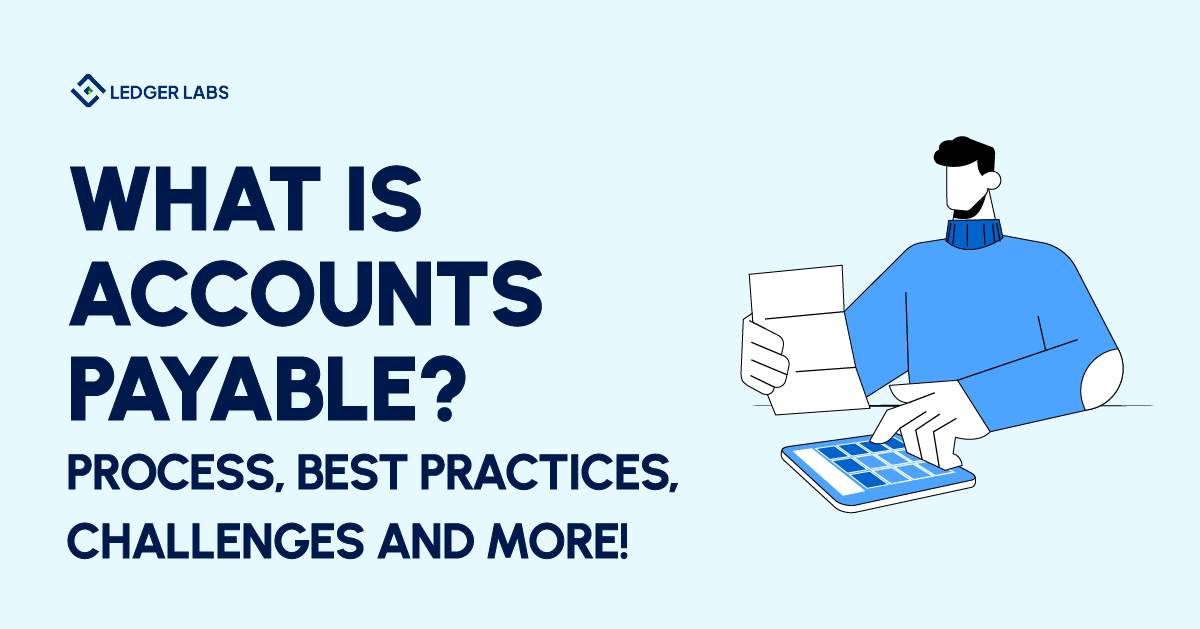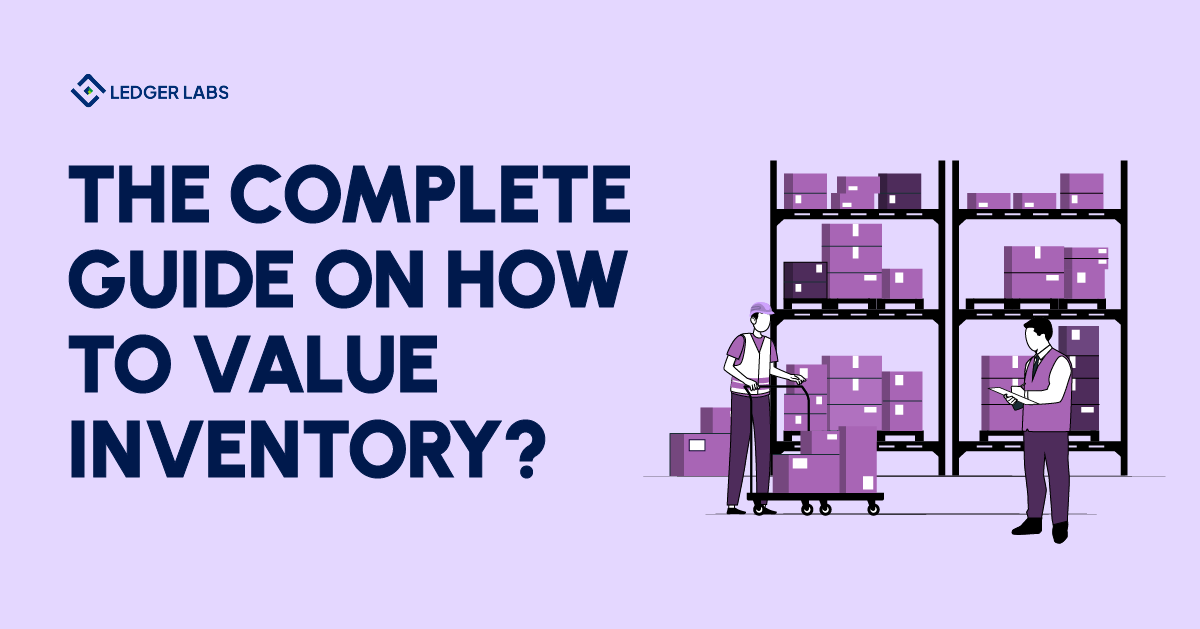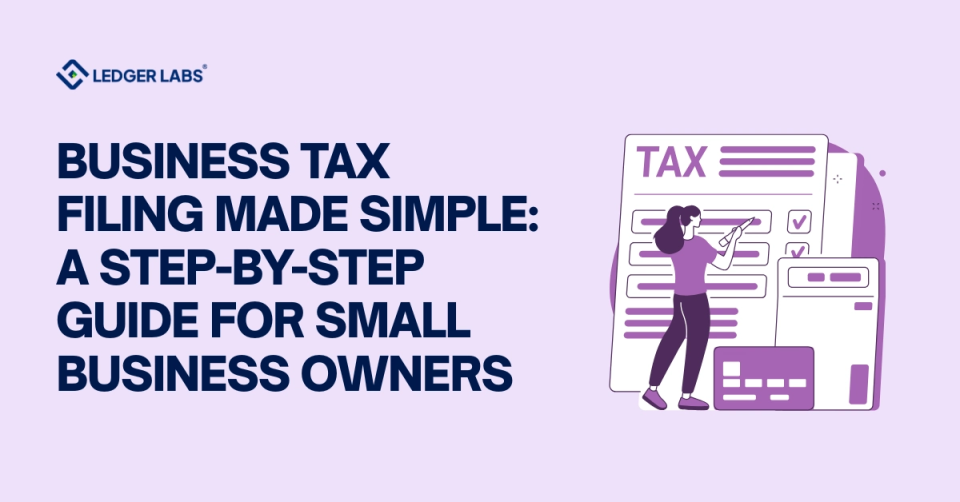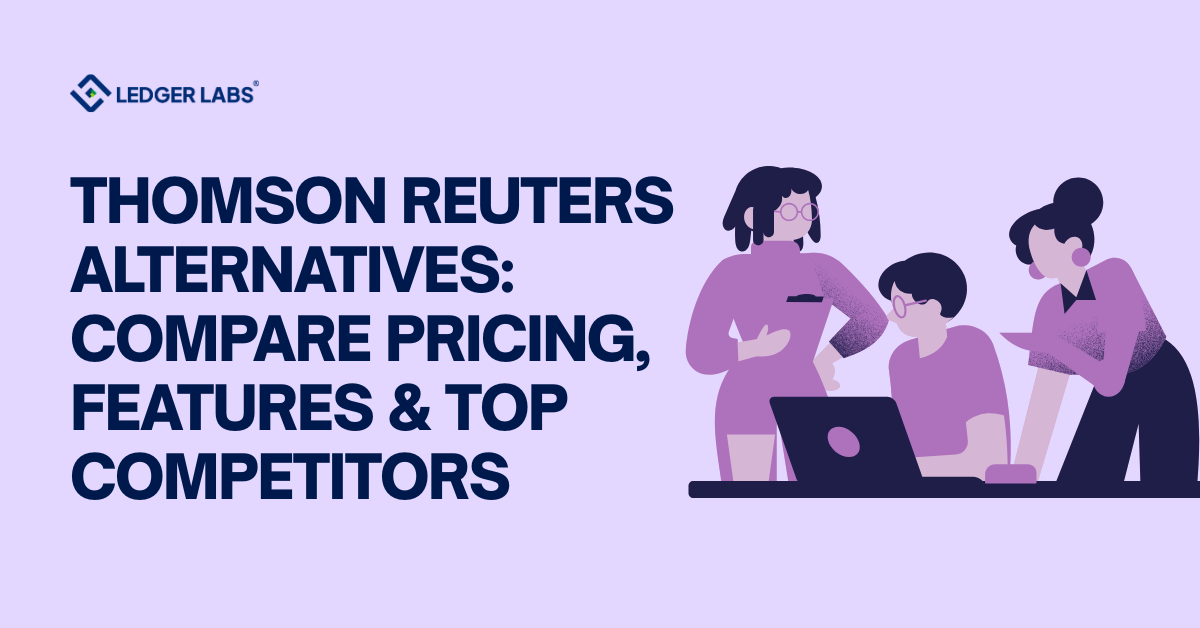1. Companies can save up to 50% on operational costs by outsourcing accounts payable functions, enhancing efficiency and reducing overhead costs.
2. Automated accounts payable processes can improve payment accuracy by over 90%, minimizing late fees and errors associated with manual handling.
3. Organizations adopting outsourced accounts payable solutions experience a 3x faster invoice processing time, ensuring timely payments to vendors and smoother operations.
4. Businesses report a 40% reduction in fraud risk due to robust controls and security measures implemented by professional outsourcing teams.
Accounts payable(AP) is the money(accounts) that your business owes(to be paid) to its vendors or suppliers.
When your business buys goods on credit, you end up with accounts payable on your balance sheet. Sometimes, AP also refers to the department that manages vendor invoices or bills.
So, what does Accounts Payable mean?
AP is the amount that gets recorded on the balance sheet of the organization in the form of a liability. It records as the short-term debts in the general ledger (GL). As many say, the accounts payable section is more like “bills due to be paid” column for businesses.
The Accounts Payable Process
We will take you step by step to understand the complete accounts payable process:
Step 1: Purchase of Goods or Services
The Accounts Payable process begins when a business buys goods or services from a vendor on credit.
Step 2: Generating Invoice
The supplier sends an invoice to the respective business after the delivery of goods or services. This invoice will outline the due amount, a brief of delivery details, payment terms and all other relevant information.
Step 3: Verifying Invoice
Both businesses must verify whether the invoice matches the purchase order and the goods or services received before making any payments.
Step 4: Ledger Record
The invoice amount is recorded in the Account Payable ledger after completing the verification. This step keeps businesses in loop about all the amounts they owe to different suppliers.
Step 5: Approval of Payment
Based on your company’s internal working procedures, approval can be considered an important step before any payment is processed. Usually, you (top management) or your finance department should take a closer look at the details to approve of any expenditure.
Step 6: Payment of the Invoice
In this step, your business finally settles the invoice by paying the vendor after approval.
Step 7: Recording the Payment
The Accounts Payable ledger is updated to show the reduced liability after all payments are made. Your business should also record the payment in its Bank ledger or cash, which reflects the reduction in cash or bank balance.
Is Accounts Payable an Asset or Liability?
Accounts Payable (AP) is actually a liability. It shows the amounts the company owes its vendors or suppliers for items or services purchased on credit. It is recorded under the “current liabilities” section. This is the money that your business has to pay, which simply makes it a liability rather than an asset.
Now, accounts payable can be categorized as:
- Trade payables: These are the payables for the purchase of physical goods which are recorded in the inventory.
- Expense payables: These are the payables for the purchase of goods or services expensed.
Accounts Payable vs. Accounts Receivable
Accounts Payable and Accounts Receivable are actually two different sides of the same coin. AP is the money a company owes to its suppliers and vendors. Whereas, AR is the money customers owe to a business.
Accounts Payable is a current liability, while Accounts Receivable is an asset.
Businesses usually gauge their profitability by determining the total assets and
liabilities. In simple terms, AP reflects cash outflow, while AR generates revenue.
Other factors to consider:
Accounts Payable:
- Flow: It reduces company cash or increases liability after a payment has been made to a vendor.
- Documents: The common documents for AP are invoices, payment Records and PO.
- Example: Considering that a company has ordered office supplies but still hasn’t cleared its payment, the amount owed will reflect in the accounts
Accounts Receivable:
- Flow: It increases company cash or decreases its assets after a payment has been made by a customer.
- Documents: The common documents for AR are sales invoices, collection records and delivery notes.
- Example: Considering that an organization offers consulting services to clients and sends an invoice, the amount billed and the payment awaiting would be reflected in accounts receivable.
Key Components and Processes Involved
The key components of AP are:
- Invoice
- Purchase Order
- Goods Received Note (GRN)
- Vendor Information
- Payment Records
- Credit Notes
Now that you know the components, have a clear idea about the processes involved. They are:
- Invoice Processing
- Approval of Invoice
- Scheduling of Payment
- Payment Execution
- Matching of Payments
- Vendor Communication
- Record Keeping
- Periodic Review
8 Best Practices for Managing Accounts Payable
Besides the bookish information, you should know the best practices to manage AP. Here it goes:
- Simplify the workflow of Accounts Payable (get a system to track AP processes)
- Limit access and get control
- Show importance to invoices
- Use technology (Try paperless Automation Solutions)
- Prioritize KPIs for measuring AP efficiency [metrics to look at: Cost per Invoice, Payment Accuracy rate, Days Payable Outstanding (DPO), etc]
- Get a reliable fraud detection solution
- Have a safety net for duplicate payments
- Keep supplier information updated every time
Looking for better accounts payable management?
Avoid penalties and pay on time. Get in touch with us now!
4 Major Challenges Faced in Accounts Payable Management
Here are some major challenges in Accounts Payable Management:
1. Slow Processing:
Manual processing is often very inefficient and time-consuming.
2. Payment Errors
Without a good Accounts Payable system, there’s a high chance of late fees and payment due dates.
3. Lost Invoices
The physical storage of invoices often makes it extremely difficult to know and track their existence.
4. Invoice Duplication
Receiving or approving duplicate invoices coming from the same supplier can lead to major issues and excess payments.
5 Strategies for Effective Accounts Payable Management
1. Go Paperless
It’s about time we stopped all manual processes and shifted to digitalized business solutions. It’s possible to eliminate all common problems with advanced invoice processing.
2. Ditch Excel
Many businesses still manually track invoices alongside other payment information in long spreadsheets. It’s almost time we all leave Excel workbooks behind as many more superior options have come to light today.
3. Streamline Workflows
Standardizing how your account payable team manages each step of the process is incredibly vital. When you establish best practices, you can easily remove the unnecessary steps and minimize the number of touches an invoice requires.
4. Get AP Automation
The more automated all AP processes, the fewer errors. You can now automate almost everything with automation systems that fully use learning-powered cognitive capture.
5. Use Easy Payment Discounts and Incentives
This is where you balance discounts with cash flow. Ensure invoices receive authorization before the discount deadline with the help of automation software. You can get more versatile cash-on-hand capabilities when you use most of this.
Bottom Line
Accounts payable is a very imperative part of the financial management of an organization. Enterprises ensure and track whether they are paying suppliers timely, avoiding late fees and penalties through AP. It’s not just about settling all bills, it’s about maintaining transparency in vendor and customer relationships. It’s because, in finances, the details count most.
Frequently Asked Questions
Accounts payable is typically a credit. When you get an invoice and log it in your financial records, you would have to debit an expense account and give accounts payable credit. When it's time to settle that payable, you would have to debit the accounts payable and credit your cash
Accounts payable is a current liability. This actually means the amount a business owes to its suppliers or vendors for things they bought on credit, and they're expected to pay it off within a year. It's basically a promise to settle up in the near future.
The accounts payable turnover ratio, by the accounts payable definition, is a metric that evaluates how frequently a business pays off its suppliers and vendors within a specific time frame, typically a year.
A higher ratio indicates that the company pays off its suppliers very frequently, while a lower ratio may suggest slower payment patterns.
The accounts payable ageing report is a detailed document that categorises a company's accounts payable by the time an invoice has been kept for long. It helps businesses manage their cash flow by identifying which invoices are due for payment and which are overdue.
A purchase order (PO) is an official document issued by a buyer to a seller, indicating the details about the type, quantity, and agreed prices for products or services.
Once the seller delivers the products or services and sends an invoice, the corresponding amount becomes an obligation in the buyer's accounts payable.












